The Thing About Paintbrushes
I think paintbrushes are a great identifier of one’s process. Stay with me on this one…they tell a story of the artist's habits and style. Are they a perfectionist? Are the brushes lovingly cleaned and maintained? Are they a “noodler”? Or are they more loose and expressionistic? With bushes on the side of well-worn and in some cases beat up? Then there are the eccentrics, who live a little in both worlds.
From personal experience, I hit the in-between mark. Some of my favorite and most used brushes are very cheap and well-worn. But that’s what makes them interesting for mark-making. While others in my arsenal I try to keep the shape and form due to their specific uses. Although, I could be a lot better at maintaining my brushes.
Now that we have that little social philosophic moment out of the way, let's talk brushes! Picking brushes can be pretty daunting, there's a variety of types, shapes, and sizes that you can get easily carried away with. I know I was, so a word to the wise KEEP IT SIMPLE!
Flexibility Scale & Material
As I said earlier, brushes come in a variety of shapes and sizes but one of the most important things to keep in mind is their flexibility. There’s either stiff or soft otherwise known as bristle and synthetic. Bristle brushes are tough and can take a beating - great for filling in large areas and for scrubbing, scumbling, and the like. Now soft brushes are a bit more fragile and aren’t necessarily always synthetic but tend to cost a pretty penny if otherwise. They are great for smooth strokes, glazing, or softening edges.
Shapes and Sizes
When I first bought brushes, I had no idea what I was getting into. I had a long shopping list and a tight purse so I bought a lot of Winsor and Newton bristle brushes and a variety of synthetic ones from the local craft store on sale. What I learned from that experience is that the quality for me is ranked high. It’s the worst to pick out hairs from the paint layer or finding a random bristle after a work has dried. Also, do not buy filberts because a flat will round off with time and of course, brights don’t hold enough paint or have enough elasticity.
If you are wondering what strange names I’m using let’s quickly go over the basics:
(by no means a complete list of what is available)
Flat: Broad stroke with a hard edge
Long Flat: Longer bristle, broad stroke with a hard edge
Bright: Good for blocking in with more control
Filbert: Broad soft strokes and edges
Egbert: Longer bristle, broad soft strokes and edges
Rigger: Great for making fine lines
Round: Precise strokes with a point
Fan: Popular for blending & knocking down edges or stippling
So what sizes should you get? If this is your first rodeo, get a variety of sizes from small to large. Typically the higher the number the larger the brush. So I recommend 2, 6, 8, 10 for bristle and synthetic about the same but throw in some specialty brushes to see how you like ‘em. My go-to’s are Long Flats, Edgeberts & Riggers.
Brands
There are lots of brands out in the marketplace but I’ve come to love and admire Trekell and Rosemary & Co. They make such high-quality products and have been a delight to work with. You can’t go wrong with either of these brands and in my circles, they are the best of the best.
Trekell: I love their Opal (Synthetic Hog Bristle), Legion (Synthetic Mongoose), and Spectrum lines.
Rosemary & Co: I love their Ivory line (Syntheic Bristle), and The Ser. 278 (Badger Hair).
How to Clean Brushes
1) Remove excess paint with a paper towel or rag
2) Agitate in Gamsol Odorless Mineral Spirits
3) Agitate and Rinse with a Brush Soap
4) Reshape and Dry
If paint is really caked into the bristles or dried follow steps 1 & 2 then follow 5-9.:
5) Apply Turnpenoid Natural
6) Give it time to soak just the bristles
7) Agitate and Blot
8) Agitate and Rinse with a Brush Soap
9) Reshape and Dry
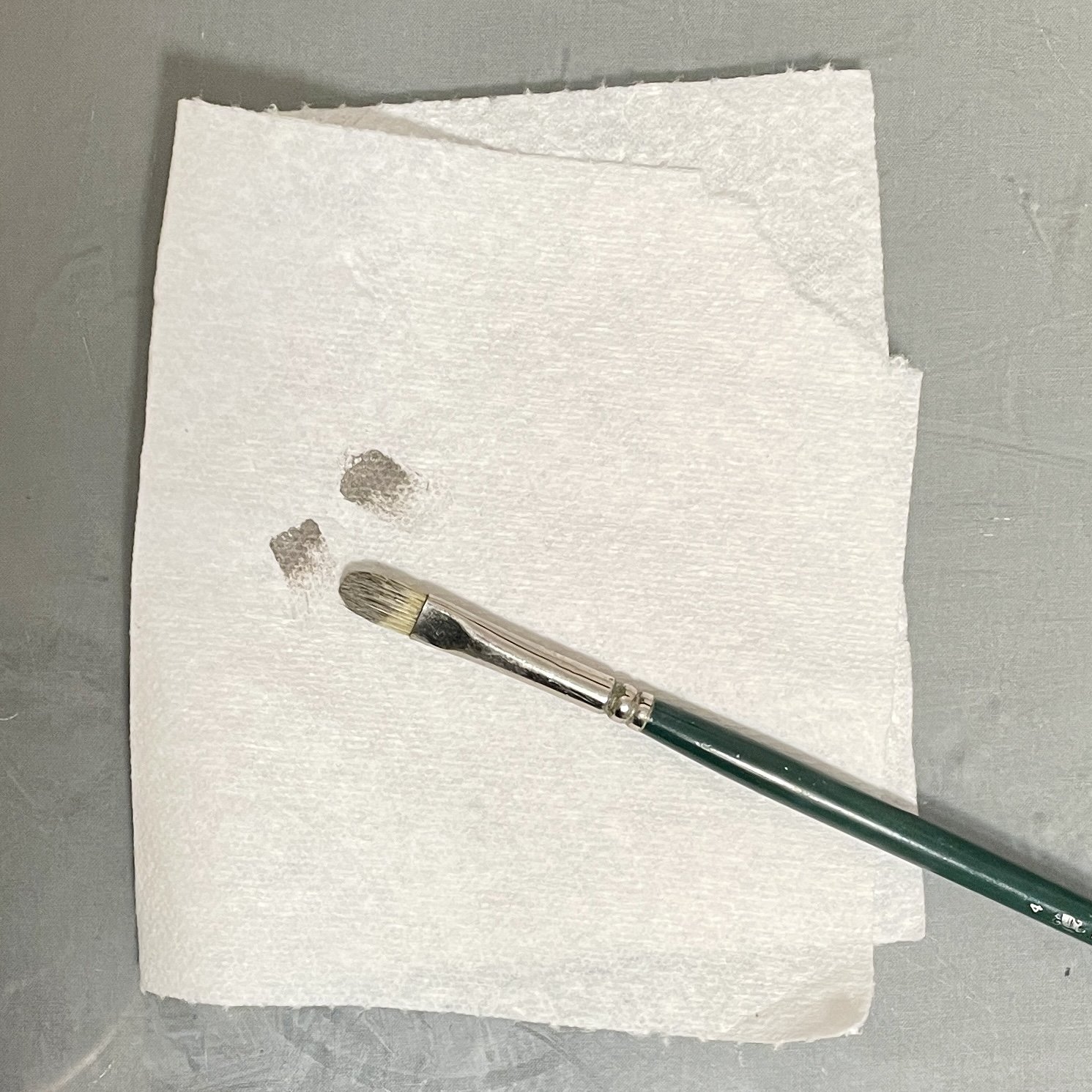

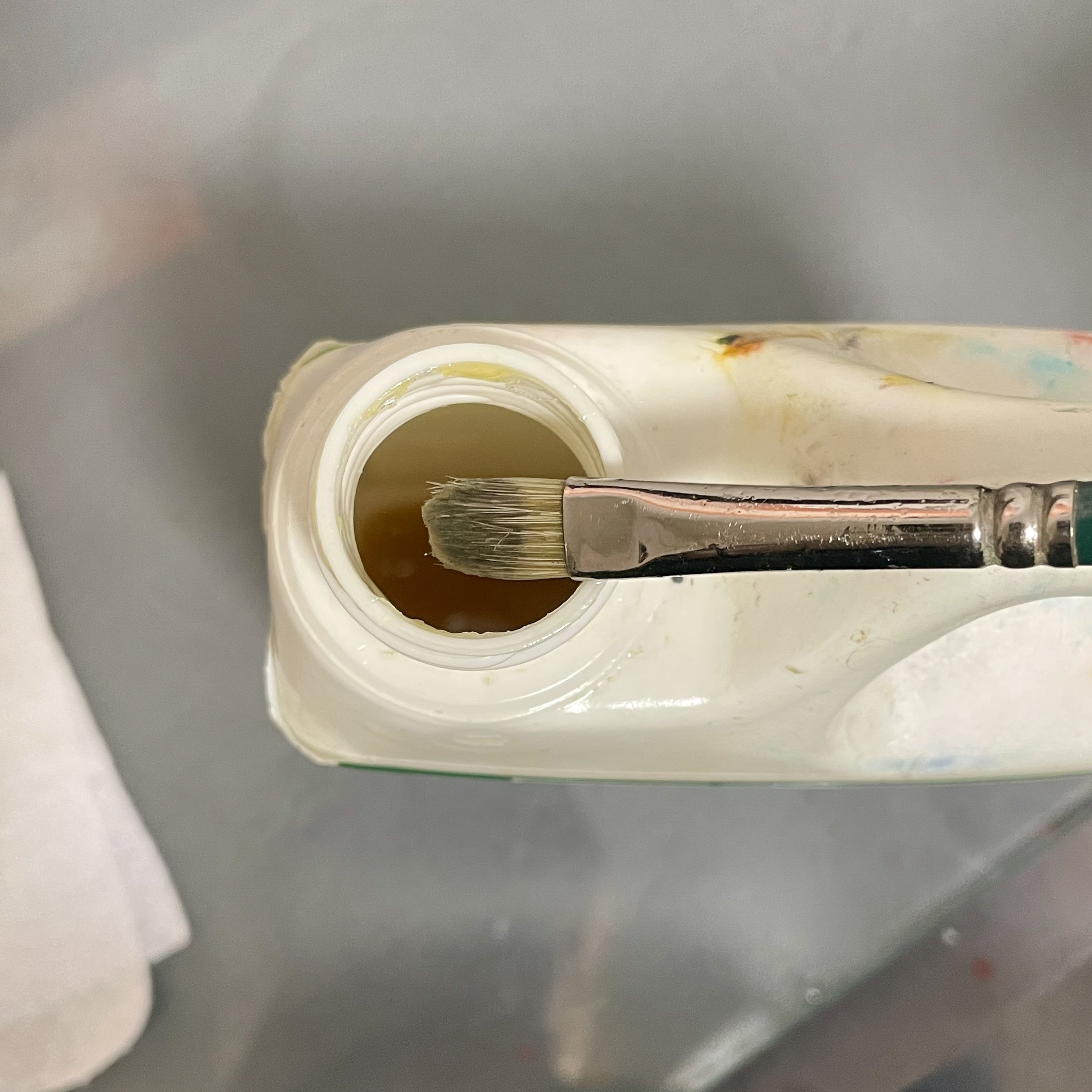
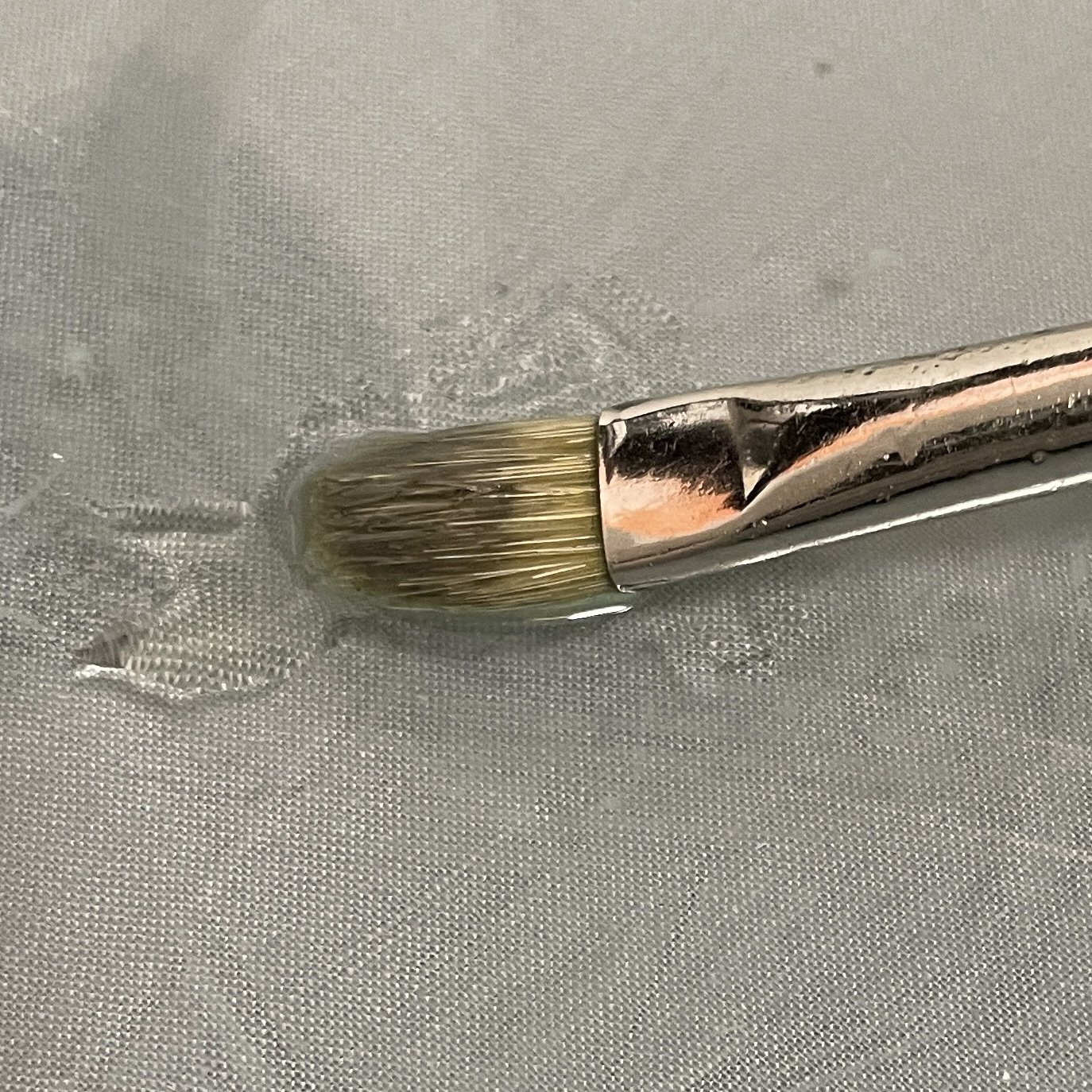


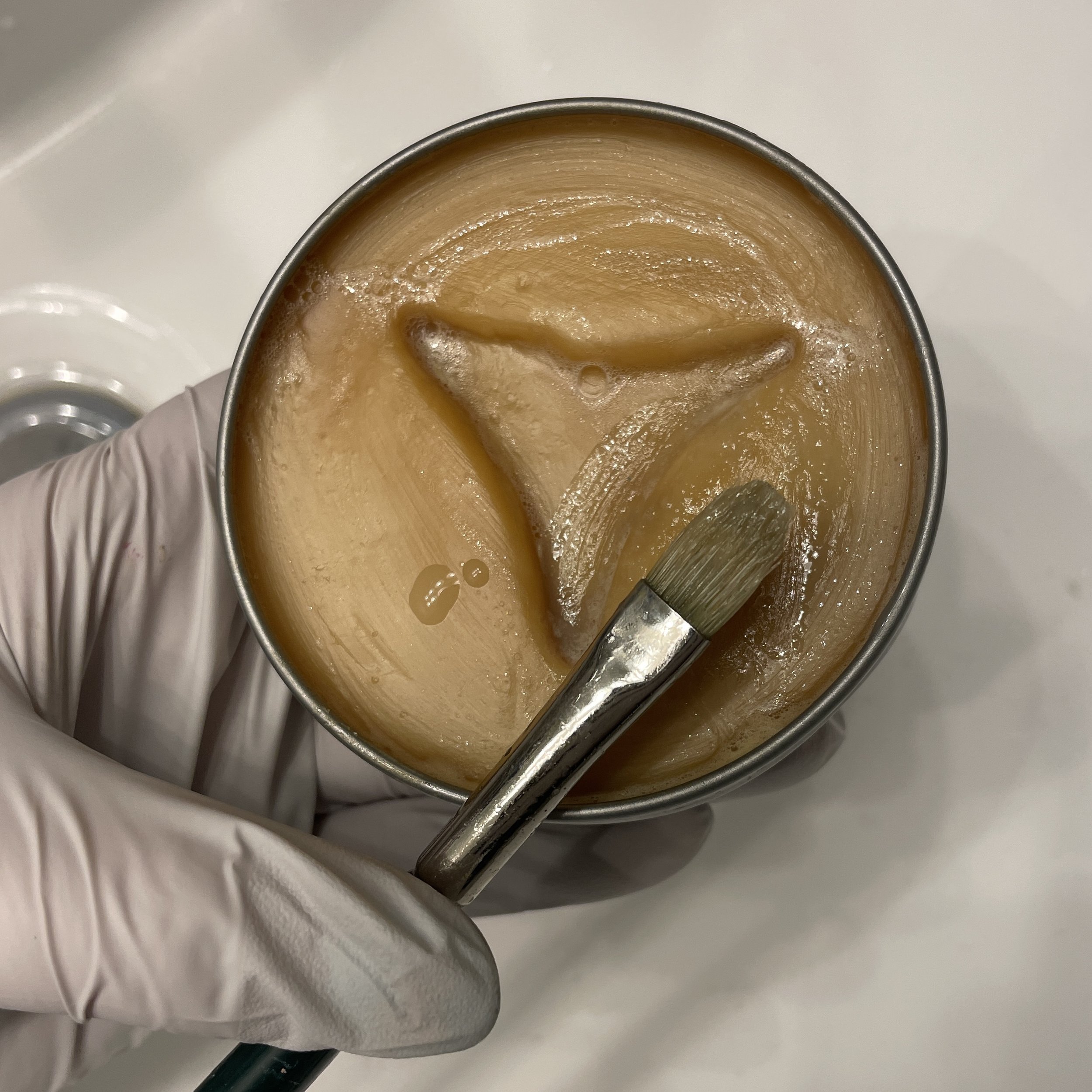
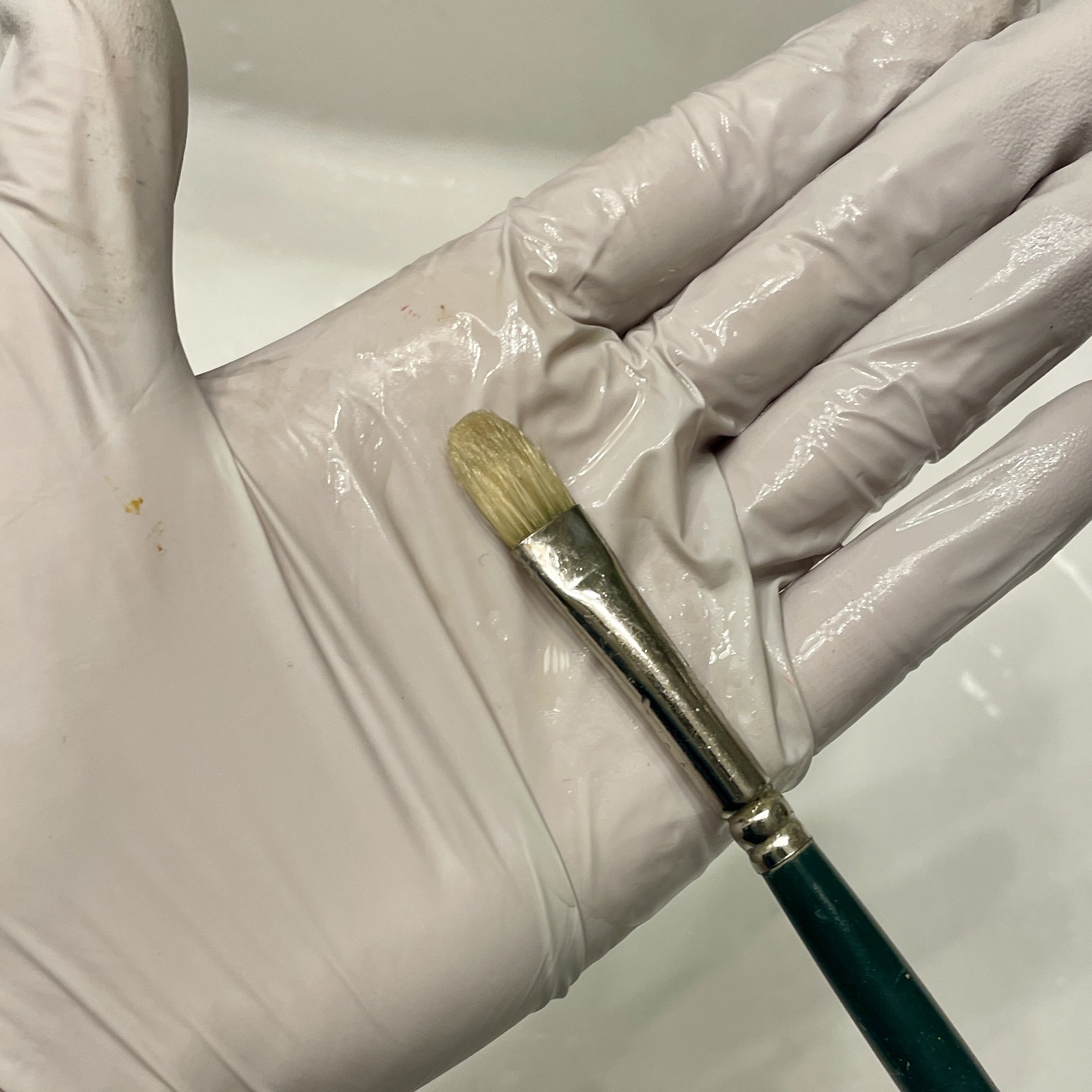
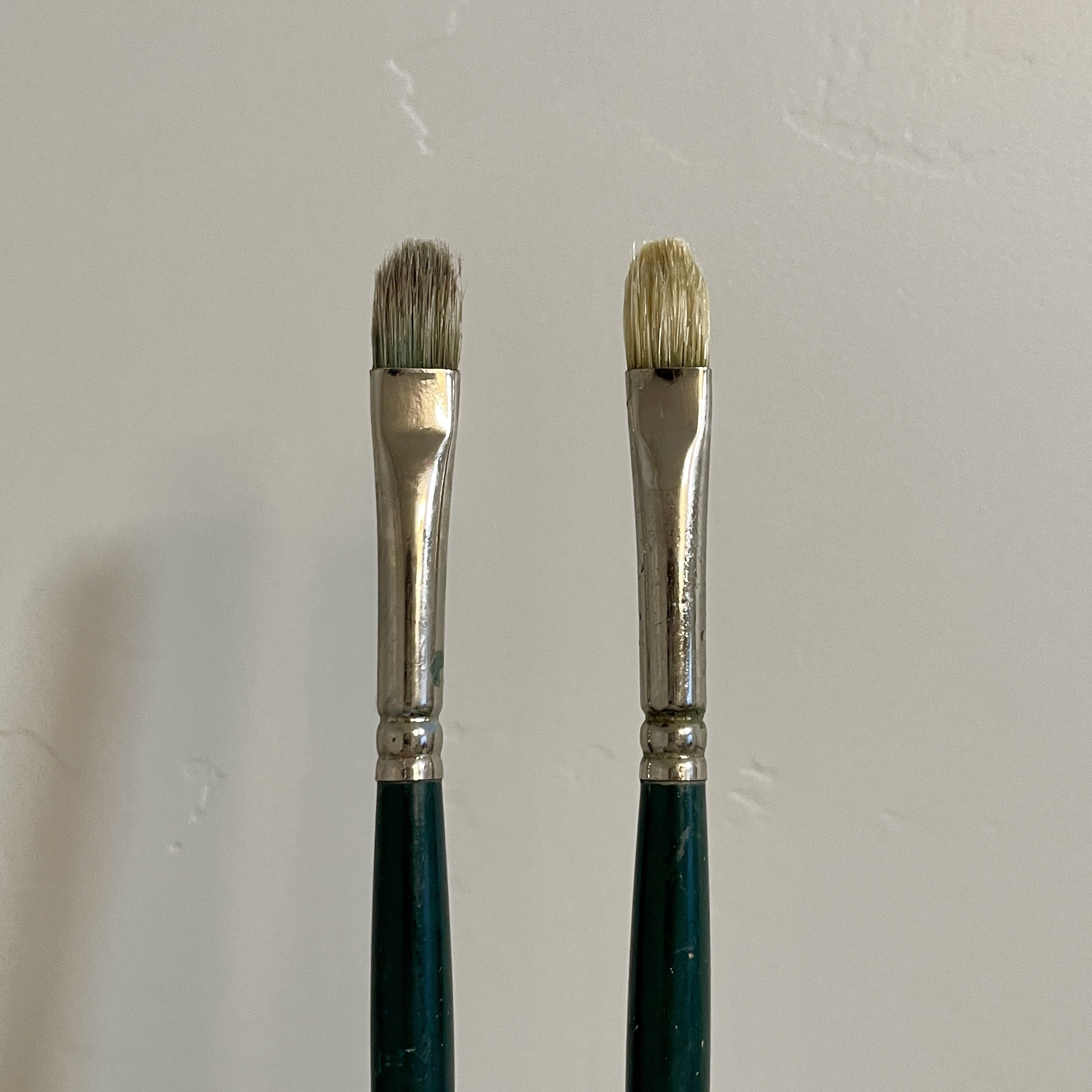
What is Gamsol? It’s a specially designed Odorless Mineral Spirit for Artists from Gamblin. Be careful with this stuff.
“It serves as a versatile solvent for oil painting, allowing for easy brush cleaning and thinning of paint. With its low odor and excellent evaporation rate, Gamsol provides a pleasant and efficient painting experience.”
What is Brush Soap? Better than dish soap, it’s formulated to remove paint residue, condition, and help keep the brush’s integrity.
What is Turpenoid Natural? It’s an alternative to Gamsol as a solvent, which claims to be safer, and healthier for the environment. I use it for deep cleaning my brushes, a game changer for extending their life. It’s a bit orange in color with a slight citrus scent.
“Turpenoid Natural is a highly effective brush cleaner and conditioner specially formulated with organic ingredients to be non-toxic and non-flammable.”
Palette Knives
Every artist must have a palette knife in their gear. It’s a great tool for mixing and applying paint, with a flexible steel blade. They too come in an array of styles and sizes. My recommendation is to get one with a flat edge. I recently purchased a very unique blade from an artist in Canada, the flexibility is like no other knife I’ve ever tried before. It’s an Oakblade handcrafted by Ray Oak Hyder in Stainless Steel, Straight Series-5. My other favorite is a diamond shape but the brand has worn away with time.
It's a brush, it’s a knife, no wait it’s a silicone shaper?
Another favorite is a silicone paint shaper, perhaps the quickest way to scrape or erase a mistake. I have a 1.5” and it’s awesome. I only wish it came in a ½” size too.
Disclaimer: Brushes and palette knives are whatever you want and need them to be! If you find an error in what I’ve said, that’s fine. You do you, my friend! ;)
Do you have a favorite brush I must try? Have a question? Leave a comment below and links if necessary!





















